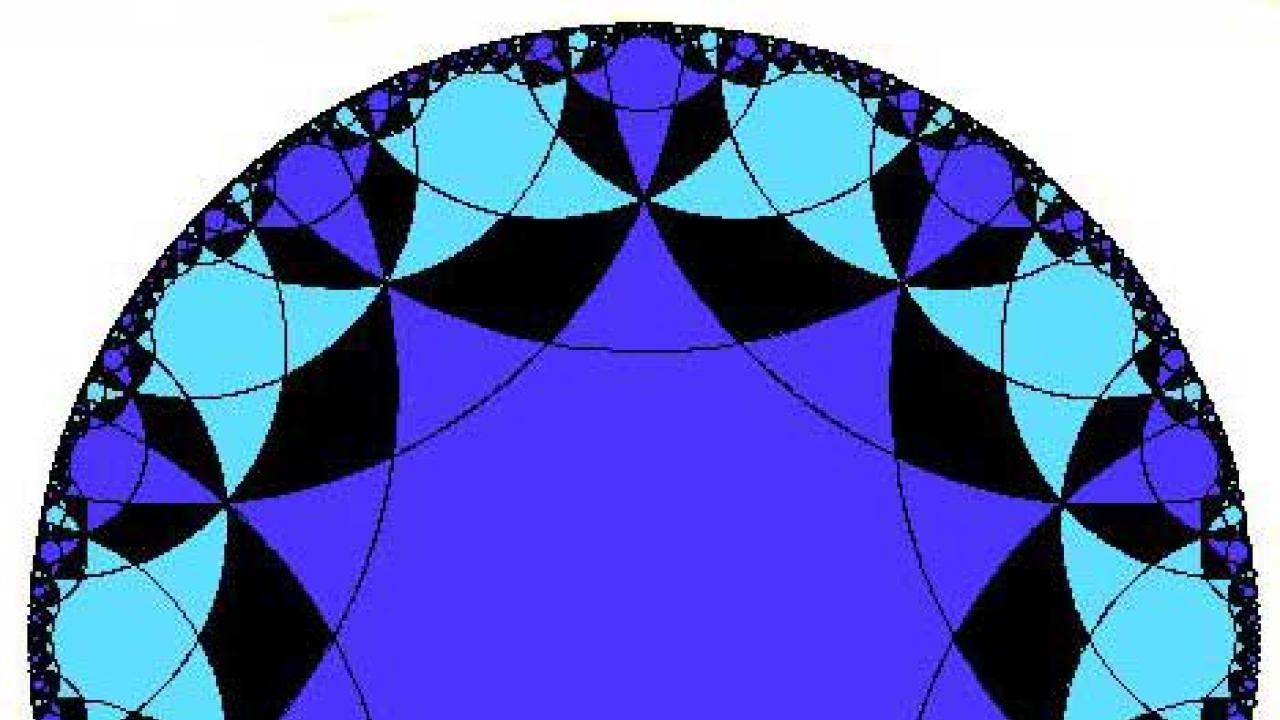
The French mathematician Henri Poincaré is a legend in physics and mathematics. His work helped establish chaos theory, relativity, and the field of topology. Yet, in his own words, Poincaré was once an ignorant young mathematician. One particularly embarrasing blunder put him on a path toward proving a fundamental theorem, said Étienne Ghys, director of the National Centre for Scientific Research at the École Normale Supérieure de Lyon.
At last week's colloquium at ICTP, Ghys gave a historical perspective of Poincaré's work on the uniformization theorem of Riemann surfaces. Ghys and 14 colleagues have recently co-authored a book on the subject. Their pseudonym, “Henri Paul de Saint-Gervais," derives from Henri Poincaré, Paul Koebe—a German mathematician who proved the theorem independently of Poincaré, and the village where the team worked. The book comes out in October.
Ghys spoke of Poincaré's attempt to win a mathematics contest in 1880. A year after completing his doctorate in 1879, Poincaré became fascinated with a paper on linear differential equations by the German mathematician Lazarus Fuchs. He sent memoirs to the French Academy of Sciences attempting to correct Fuchs' article and extend it. He received honourable mention in the competition, which was quickly followed by a stern letter from Fuchs' compatriot, the mathematician Felix Klein. Poincaré, who had initially trained as an engineer, had not been familiar with the work of renowned figures such as Bernhard Riemann. Klein informed him that he had unwittingly replicated what some famous German mathematicians had already published.
The letter began a long-term collaboration (or competition) between Klein and Poincaré, and placed Poincaré on the path toward solving the general uniformization theorem: every simply connected Riemann surface is biholomorphically equivalent to the plane, the disk, or the sphere. If Poincaré had not been so naive early in his career, he may not have even attempted the work, Ghys said.
"Most mathematicians believed the problem had been solved," he said. “If you want to create mathematics, sometimes it’s good not to work under giants like Riemann."
















